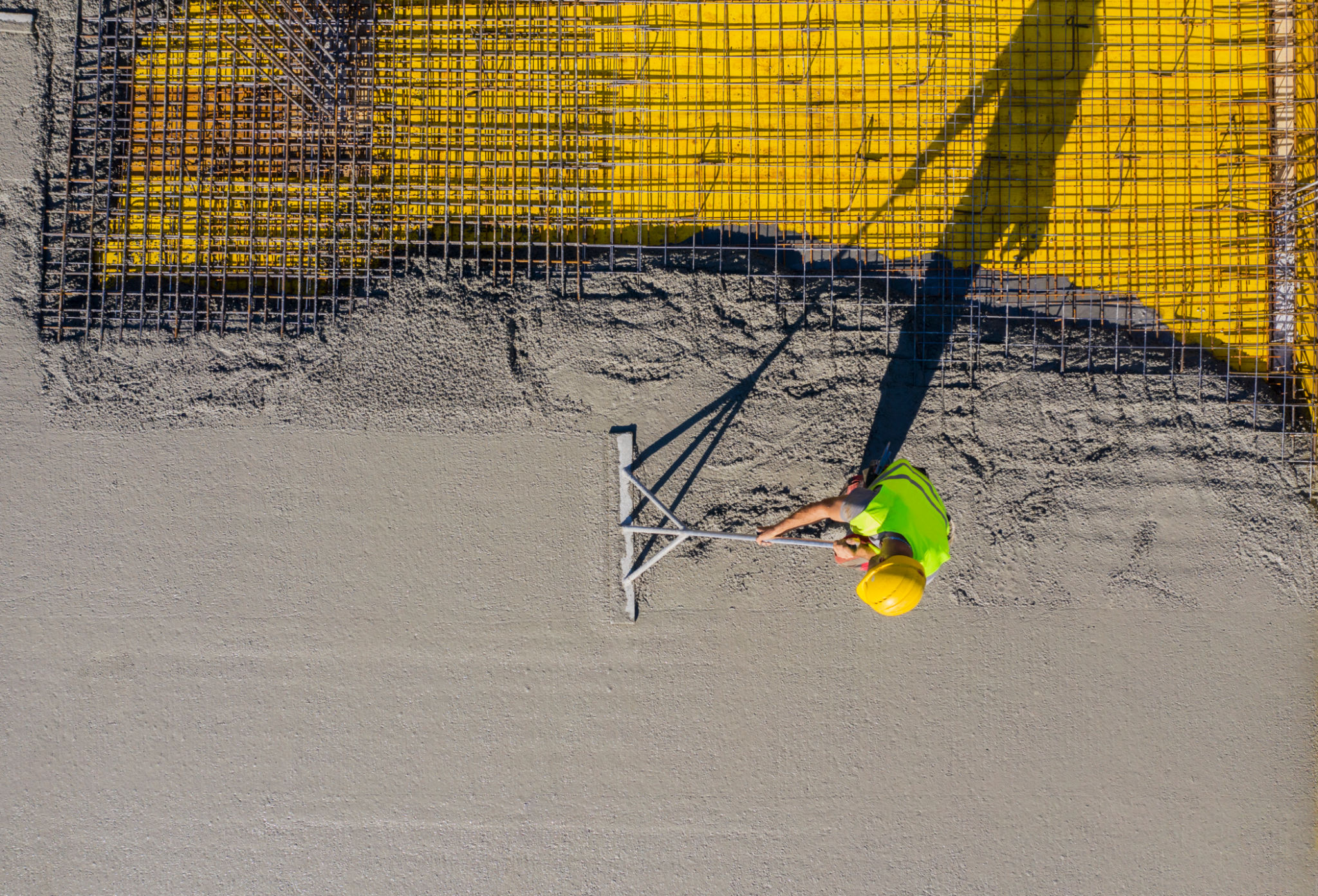Common Misconceptions About Concrete Durability
Understanding Concrete Durability
When it comes to construction, concrete is often lauded for its strength and longevity. However, several misconceptions can lead to misunderstandings about what contributes to concrete's durability. Dispelling these myths is essential for anyone involved in construction or interested in the material's properties.
Myth: All Concrete is Created Equal
A common belief is that all concrete is the same and therefore equally durable. In reality, the durability of concrete depends on several factors such as the mix design, curing process, and environmental exposure. Different projects require different types of concrete tailored to specific conditions and demands.
For instance, concrete used in a humid environment must be designed to resist moisture penetration, while concrete for a bridge may need enhanced tensile strength. Understanding these requirements helps ensure the longevity of the structure.

Myth: Concrete Does Not Require Maintenance
Another misconception is that once concrete is set, it requires no further attention. While concrete is low maintenance compared to other materials, it still needs regular inspections and occasional repairs to address any cracks or surface wear. Neglecting maintenance can lead to significant structural issues over time.
Implementing a routine maintenance schedule can greatly extend the life of concrete surfaces and structures, preventing small issues from becoming major problems.
Myth: Cracks Always Indicate a Problem
Many people assume that any crack in a concrete structure is a sign of failure. However, not all cracks are detrimental. Some minor cracking is natural and results from shrinkage as the concrete cures. It's important to differentiate between harmless surface cracks and those that could indicate structural damage.

Proper assessment by a professional can help determine whether a crack needs immediate repair or if it can be monitored over time. Addressing the root causes of cracking, such as improper curing or inadequate support, is vital in maintaining concrete integrity.
Myth: Reinforced Concrete is Invincible
Reinforced concrete combines the compressive strength of concrete with the tensile strength of steel. However, this does not make it impervious to deterioration. Factors such as corrosion of the reinforcing bars or freeze-thaw cycles can compromise its durability.
To enhance the lifespan of reinforced concrete structures, protective measures like coatings or sealants should be used, especially in harsh environments. Regular inspections can also help identify any early signs of corrosion or damage.

Conclusion: Knowledge Leads to Durability
In conclusion, understanding the nuances of concrete durability can lead to more informed decisions in construction and maintenance practices. By recognizing and addressing these misconceptions, builders and homeowners can ensure their concrete structures remain strong and reliable for years to come.
Knowledge is power when it comes to construction materials. By educating oneself on the realities of concrete durability, one can optimize its use and longevity effectively.